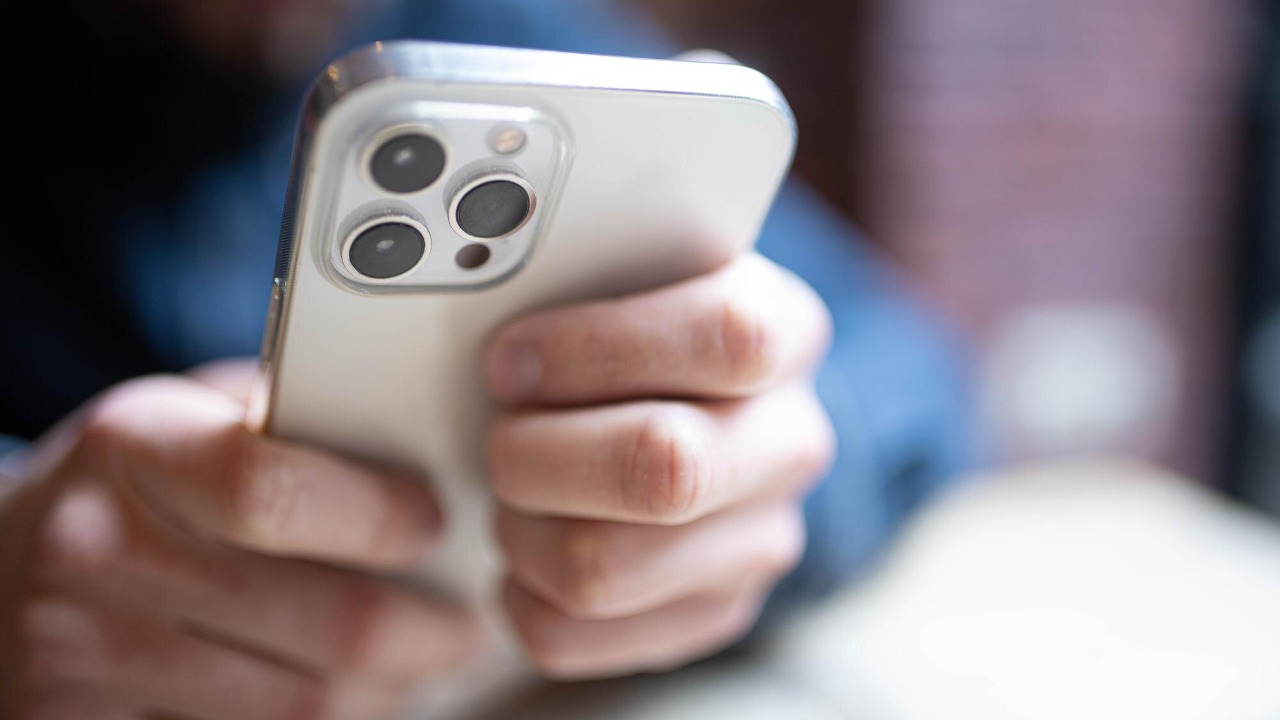
Clearing your iPhone cache can significantly improve your device’s performance, freeing up storage space and enhancing speed. This process is similar to cache-clearing methods for other devices, such as smart TVs, and can make a noticeable difference in device efficiency without requiring advanced technical knowledge.
What Is iPhone Cache?
Cache is temporary data stored by apps and the system to speed up future tasks. This data includes images, scripts, and files from browsing or app usage. Over time, iPhone cache builds up in areas like Safari, individual apps, and system processes, leading to unnecessary storage consumption. It’s important to understand the distinction between user-facing cache, such as browser history, and background system cache. Similar to how cache buildup can cause performance dips in other devices, the same can happen with your iPhone.
Why Clearing Cache Improves iPhone Performance
Excess cache fragments storage and causes apps to load slower. Clearing it can potentially recover gigabytes of space and reduce lag, leading to benefits like faster app launches and smoother multitasking. This is similar to how cache overload can mimic slowdowns in other electronics like TVs. Real-world examples have shown that users notice quicker response times after clearing their cache, emphasizing the energy efficiency gains for battery life.
Signs Your iPhone Needs a Cache Clear
There are several symptoms that may indicate your iPhone needs a cache clear. These include frequent app crashes, slow scrolling in browsers, or low storage warnings despite deletions. Prolonged cache accumulation can lead to overall device sluggishness. You can check your storage via Settings to identify cache-related bloat without needing third-party tools.
How to Clear Safari Cache on iPhone
To clear your Safari cache, open Settings, go to Safari, and select Clear History and Website Data. This action removes cache, cookies, and history in one go. There are also options for selective clearing, like Advanced > Website Data, to target specific sites without a full reset. However, be aware that you’ll need to re-log into sites after clearing the cache.
Clearing Individual App Caches
You can clear individual app caches by offloading apps via Settings > General > iPhone Storage > select app > Offload App. This clears the cache while preserving data. For stubborn cache, consider deleting and reinstalling apps. This method is particularly effective for social media and streaming apps. Note that iOS doesn’t allow direct cache deletion for all apps, so it’s recommended to check app-specific settings.
Advanced Methods for System-Wide Cache Clearing
Restarting the iPhone can flush the temporary system cache, serving as a simple first step before deeper cleans. You can also use iOS updates or reset all settings (Settings > General > Transfer or Reset iPhone > Reset > Reset All Settings) to indirectly clear system cache without data loss. Before any reset, it’s advisable to connect to a computer for iTunes/Finder backups to ensure safety.
Maintaining Cache-Free Performance Long-Term
To maintain cache-free performance long-term, consider adopting regular habits like weekly Safari clears and limiting app data usage to prevent rapid cache buildup. Monitoring tools in iOS Settings can help with ongoing storage management, and it’s advisable to avoid over-reliance on cache-heavy apps. Combining cache clearing with other maintenance, like updating iOS, can lead to sustained speed improvements.
More from MorningOverview